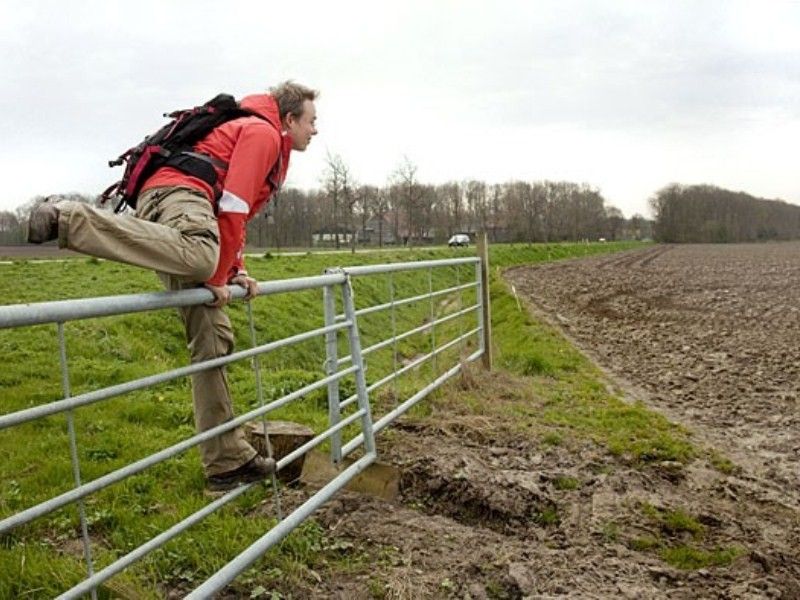The Noordoostpolder is both a polder and a local authority. The local authority covers 1 city, 10 villages and a separate postal code region. The latter belongs to Schokland, the former island in the Zuiderzee that became part of the new polder after it was drained. The former island of Urk also forms part of the mainland since the reclamation, but Urk is an independent local authority and thus outside the Noordoostpolder local authority.
The region owes its name to its position in relation to the other reclaimed areas (drained later). The other polder which currently contributes to Flevoland was called the Flevopolder (which lent its name to Flevoland) and encompasses areas with names that refer to their topographic location: Oostelijk (eastern) Flevoland and Zuidelijk (southern) Flevoland. Because the Noordoostpolder is at least twenty years older than the rest of Flevoland, the name Noordoostpolder maintained its dominance and was not replaced later with a new name containing the word Flevo.
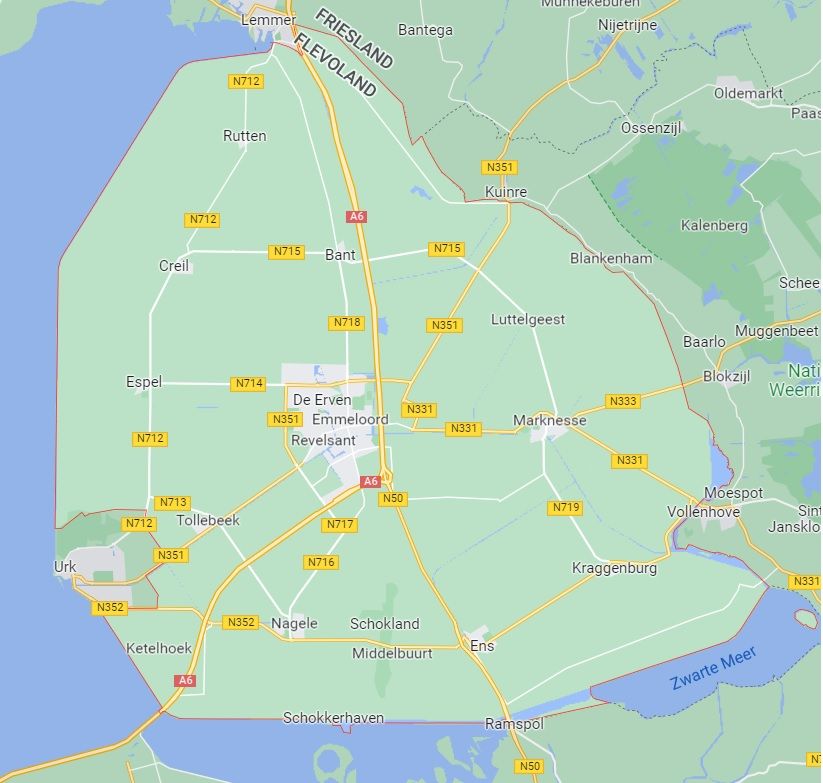
The province of Flevoland, to which the Noordoostpolder currently belongs, has only existed since 1986.
In 1951 construction was started on the village of Bant, which was initially not even in the plan for the polder. Bant is the smallest village in the Noordoostpolder. The farming designation of this part of the polder is clearly reflected in the street names, which generally refer to agriculture, like Noordakker (north field).
There is another evidently agrarian accent: Bant has the longest tradition of legal barn dances in the Noordoostpolder. The annual 'Bant Barn Dance' with performances from well-known bands has been attracting partygoers from all over the Noordoostpolder since 1971.
In Bant you can indulge in paintballing and airsoft to your heart’s content on a huge outdoor terrain in the woods, there is a challenging mountain bike route, and while walking through the Kuinderbos woods, you can admire fabulous sand sculptures all year round. Accommodation is available in Bant at a camping site, holiday park or a nature camping site.
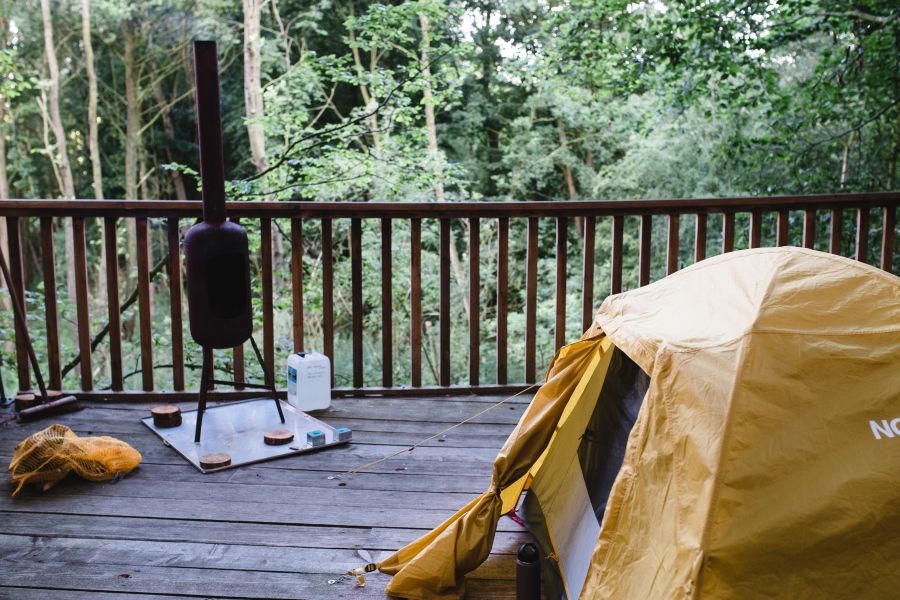
Apparently, in the Middle Ages there was a settlement called Creil on the edge of the Zuiderzee. That name was given to the current village, whose construction began in 1954. Creil was also not part of the original planning of the Noordoostpolder, but was added later, and just like all the other villages within cycling distance of Emmeloord. This was important in those days as few people had cars then, and most facilities were to be found in Emmeloord.
Creil has a monumental lighthouse. It stands at the Rotterdamse Hoek, a small nature reserve with woods, marsh and meadows next to the IJsselmeerdijk. The name Rotterdamse Hoek derives from the rubble used to strengthen the dyke. This rubble originated from the bombed ruins of the city of Rotterdam in World War II.
In Creil there is the tulip experience field, which always forms part of the annual varied tulip route. It is a lovely location to stretch the legs, drink a cup of coffee, and of course take pictures while surrounded by tulips.
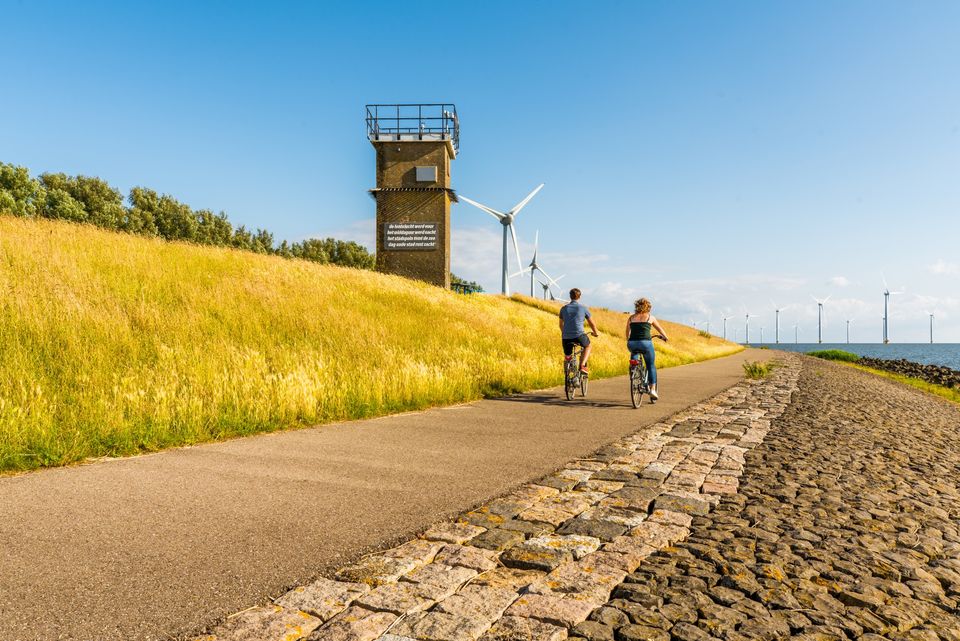
Emmeloord is the only city in the Noordoostpolder and is positioned in its centre. Construction began in 1946, four years after the reclamation. Emmeloord is named after a settlement on the northernmost point of the former island of Schokland, whose reconstructed harbour is still called Oud-Emmeloord.
In the centre of Emmeloord and thus more or less exactly in the middle of the Noordoostpolder stands the Poldertoren (tower). It’s a striking structure that can be seen from far and wide. Originally, it was a water tower, which kept the pressure up in the local water supply network. The Poldertoren is 65.30 m high and thus the highest water tower (former or existing) in the Netherlands. Currently, it houses a carillon and an exhibition space.
Emmeloord has a pleasant shopping centre with familiar chain stores, unique concept stores and nice boutiques. There is also a cinema, a theatre and a casino, so there is plenty of choice for a fun night out. There’s also a wide range of eateries in Emmeloord, both in the city centre and outside it. Two hotels ('t Voorhuys and Van der Valk), a B&B, camping site or motor home site provide accommodation.
In the summer, it is always pleasantly busy at the Wellerwaard, a recreation area with a beach, a swimming lake and a restaurant, located just outside Emmeloord. If the weather is not so nice, the swimmers can exercise in the indoor swimming pool. Children have great fun at the petting zoo, adults can take a nostalgic ride on a Solex bike. Would you like something more exciting? Then allow yourself to be locked in an escape room.
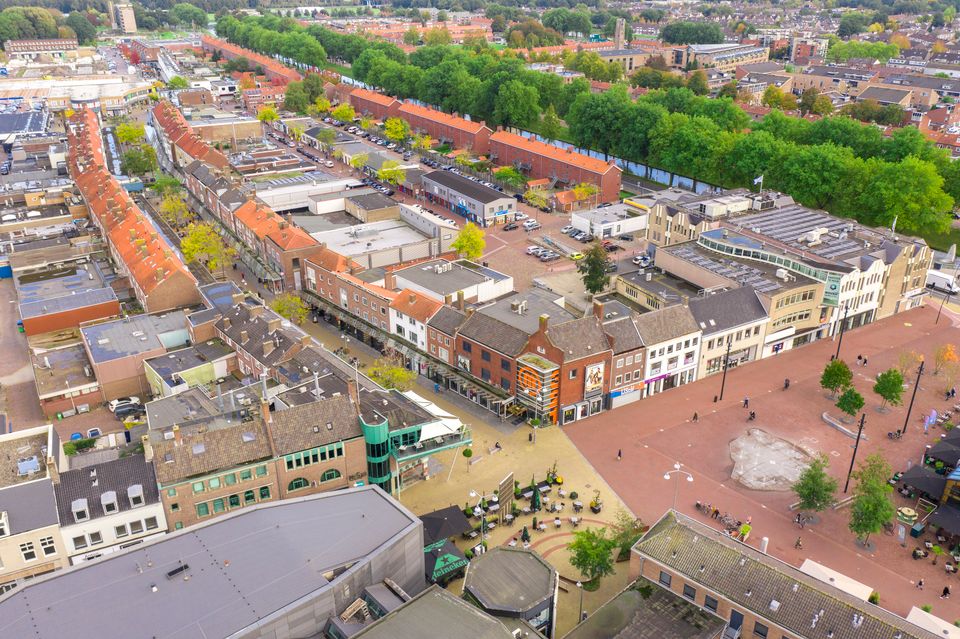
There used to be an Ens on the former island of Schokland. In the 'new' Ens, dating from 1946, the street names refer to e.g. a preacher, mayor, minister and lighthouse keeper on the previously inhabited Schokland. These are not names that many people will know, in contrast to that of a former resident of Ens: 11-Cities Ice Skating Tour winner Evert van Benthem grew up there.
Ens is the perfect starting point for a pleasant cycle tour through the new and the old landscape. Cross over several times on a ferry and pick up some delicious regional products in a farm shop. During your cycle ride, you can grab a bite to eat and drink at restaurant Hotel Van Saaze in Kraggenburg. Don’t forget to look at the Ramspoltoren (tower), a freely accesible tower at the edge of the Noordoostpolder with a stunning view over the polder’s wide landscape. Want to stay another day? You can sleep in the gypsy caravan of the local bed & breakfast.
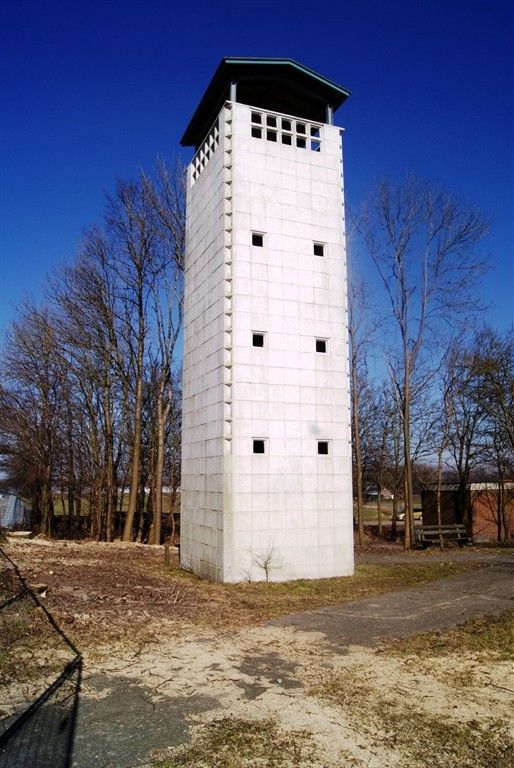
When it was laid out in 1956, Espel was assigned precisely one building plot measuring 300 by 900 m. That is why the original village has a rectangular shape and is surrounded by agricultural plots of identical shape and size. The rectangular form is also reflected in the flag of Espel.
Gardeners can find inspiration in Espel’s publicly accessible country garden. If you prefer a fun activity, go to the Ducdalf for bowling, taking a cooking workshop or looking for a way out from an escape room, followed by a tasty meal at the café-restaurant of Espel.
Are you interested in the history of the Noordoostpolder? Then you must not miss the transparent display panel ‘Sluitgat’ on the dyke. It shows the last hole in the dyke around the polder being sealed. This is illustrated and supported with information panels. From here, you can also follow a lovely route past another seven of the transparent displays, each one illustrating another story from the history of the polder.
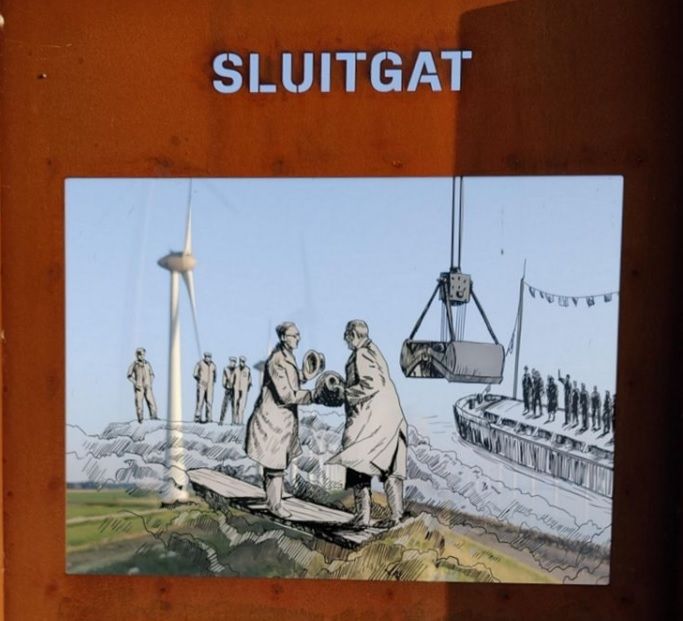
Kraggenburg is the oldest village of the Noordoostpolder. Construction started in 1949, but even before the reclamation, there was an Oud-Kraggenburg: a former peninsula/island in the Zuiderzee, with a lighthouse keeper’s cottage, built on a terp mound. Oud-Kraggenburg still exists and is well worth a visit. Click here for more information.
Explore the surroundings of Kraggenburg along the different cycle routes over the well-maintained cycle paths. The scenery varies from woods, to the dike, along the water with a panoramic view of the old landscape, over the Oud-Kraggenburg terp mound and past the extensive fields. Along the way, stop to visit the unique landscape artwork PIER+HORIZON.
If you like games and outdoor sports, you have come to the right place in Kraggenburg. The little ones let off steam in the children’s playground Speel & Doepark De Voorst, adolescents and adults can amuse themselves for hours with the wide range of outdoor sports and activities at Netl. Is mountain biking your sport? Then pull off some stunts on the mountain bike route of Kraggenburg. Above all, take a pleasant walk through the Voorsterbos woods, where you can find 800 varieties of mushrooms in the autumn. That is completely unique in the Netherlands.

Luttelgeest profiles itself as an important market garden village. In the greenhouses surrounding the village, food crops like peppers, tomatoes and cherries are cultivated, along with flowers. The greenhouses of Luttelgeest are a distinctive feature of the village.
A different sort of greenhouse is found at Pantropica, which has been labelled the most fun outing in Flevoland by the ANWB year after year. It houses a butterfly garden, an Amazon rainforest, a mangrove playground, and of course with such a name, there has to be an orchid nursery. There is also a restaurant, so you can spend the whole day there.
Do you prefer fishing? You can cast a line out at Trout World both indoors and outdoors and fish for trout and other fish. Cyclists can choose in Luttelgeest between several well-signposted recreational routes from the tourist orientation point at the Kuinderbos woods and a tough mountain bike route through the Kuinderbos woods. In the Kuinderbos woods, children can give their imagination free rein and pretend to be lords and ladies of the castle in the ruins located at the Kuinderburcht.

Marknesse is the largest village of the Noordoostpolder. The first house in Marknesse was completed in 1949. There is an older building, however: a barracks served to house the pioneers who came to reclaim the polder. Given its location on both the Zwolse Vaart and the Marknesservaart canals, Marknesse is a great place for pleasure craft to stop. There is also a yacht marina and a charter company that rents boats.
With respect to the production and sales of regional products, Marknesse is an important hotspot. There are several farm shops and regional products shops where you can buy delicious fresh fruit, vegetables and other local produce all year round. There’s even a vineyard in Marknesse, where delightful polder wine is produced and sold.
Close to Marknesse lies the Waterloopbos woods, where you can take pleasant walks and pass the scale models of famous waterworks, like the ports of Rotterdam and Bangkok. In the past, water, weirs, dams and wave machines were used here to simulate reality to help design these waterworks. One of the waterworks was the Deltawerken, constructed in Zeeland after the flood disaster of 1953. The Deltagoot used for the design was later transformed by artists into the landscape artwork Deltawerk//. Come and look at it yourself and be impressed by the power of the water.
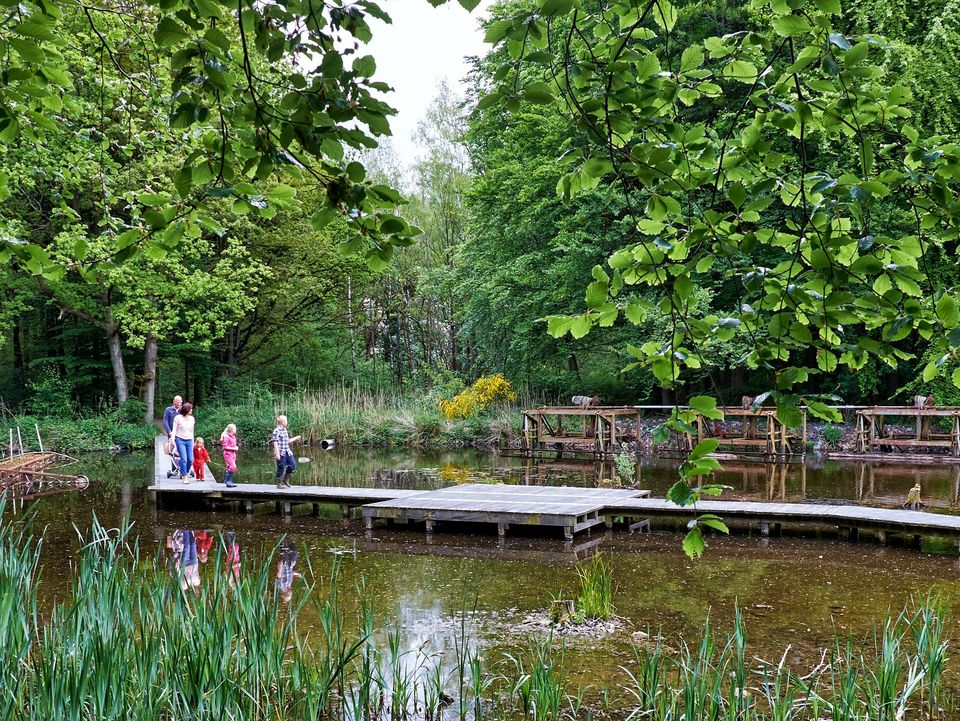
While the houses, churches and shops in most of the villages in the Noordoostpolder look pretty much alike, those in Nagele are unique. In Nagele all of the roofs are flat, even the church roof. This was due to the free hand given to the architects from the 'Het Nieuwe Bouwen' school, while the construction of the other villages followed the more traditional Delftse School. The flat roofs are not the only typical feature, there is also much greenery in and around the village.
In Museum Nagele you can discover the origin and development history and thus the architecture of this special village. Follow one of the free walking routes of the museum through the village to examine the flat-roof village close-up. Don’t forget to go inside The Polman House, where you can admire the architecture from the inside, and the furnishings revive former days.
Just outside Nagele lies the Schokkerstrand, a sand and grass beach bordering the Ketelmeer lake, where all kinds of water sports are available. A restaurant is located next to the beach, to take care of any culinary needs while enjoying the panoramic view. Also panoramic is the windmill park a bit further down the road, which includes museum 11 Beaufort, where you can learn more about windmills and sustainable energy in an interactive way.
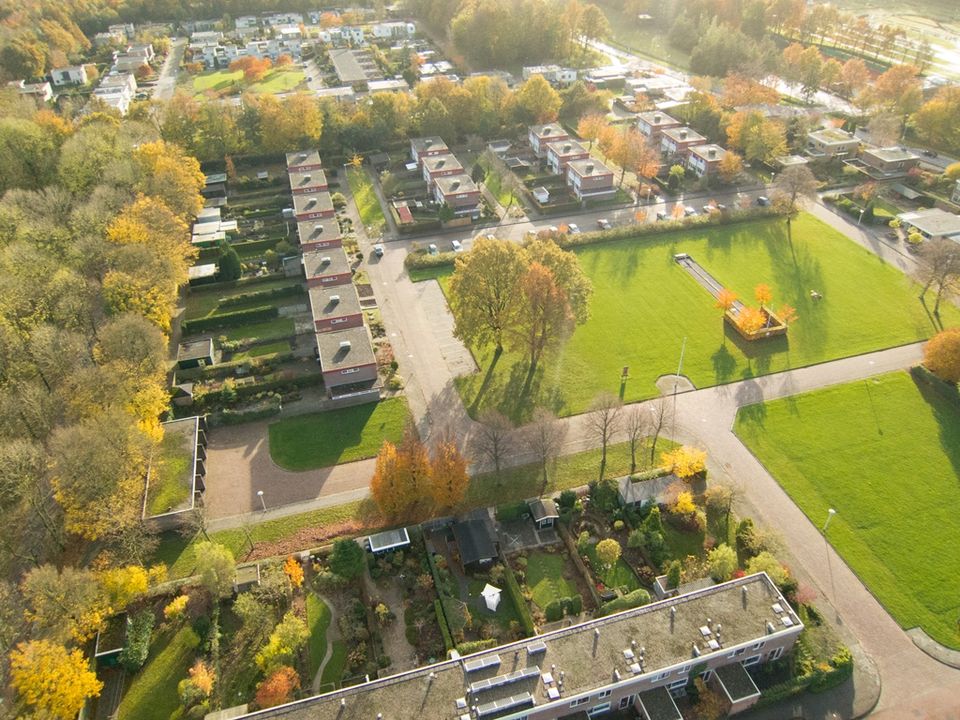
Rutten is the northernmost village of the Noordoostpolder. Initially, the plan was to site Rutten a few km closer to the centre, but the expansion of the original plan for the Noordoostpolder to include the additional villages of Bant and Creil necessitated a shift of the proposed but not yet built Rutten. The construction of Rutten didn’t start until 1952, ten years after the reclamation, and the village has been inhabited since the spring of 1953.
Rutten has a publicly accessible garden that is at least 2,400 sq.m. housing lilies and irises. It is delightful to putter around and gather inspiration. For more action, go to the motorcross circuit in Rutten, one of the finest in the Netherlands, it’s a fast and technically challenging circuit. Come to watch or to race.
In Rutten you can optimally experience outdoor life while still enjoying a bit of luxury by spending the night in a fully fitted safari tent or a B&B room at Whānau Glamping..
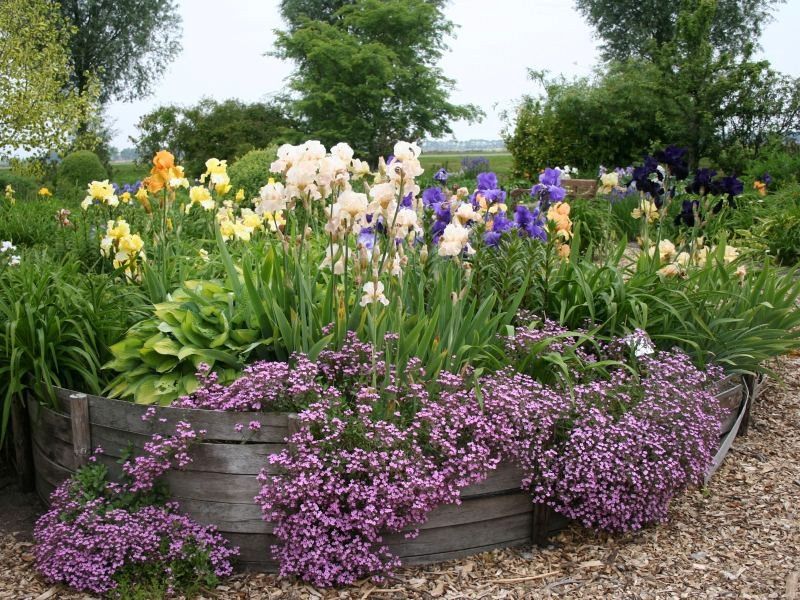
Before Schokland became part of the mainland and was just an island in the Zuiderzee, it had been inhabited for thousands of years. The first inhabitants were hunter-gatherers; in the Middle Ages there were primarily farmers keeping cattle and growing grain. The residents of Schokland were only safe from the Zuiderzee on the terp mounds they built, and the sea swallowed more and more of the island year after year.
In 1859 the Zuiderzee conquered the island on which 635 Schokkers still lived. The government forced them to leave their home and hearth and establish a new existence on the mainland. Since the reclamation, Schokland has been part of the Noordoostpolder, and since 1995 it has been awarded the status of Unesco World Heritage site. Schokland has nine national monuments, including five archaeological sites and one mixed archaeological and built monument.
The remaining buildings, such as the Lichtwachter and Museum Schokland will take you back to the past. But even in the present there is enough to see and do around Schokland. For example, there is the Schokkerbos woods, where songbirds and birds of prey and even deer feel at home. The tourist transfer point on Schokland provides the perfect starting point for various walking and cycling routes for a relaxed exploration of this island stranded on the mainland, and the restaurant can provide a delicious drink after your walk or cycle ride.
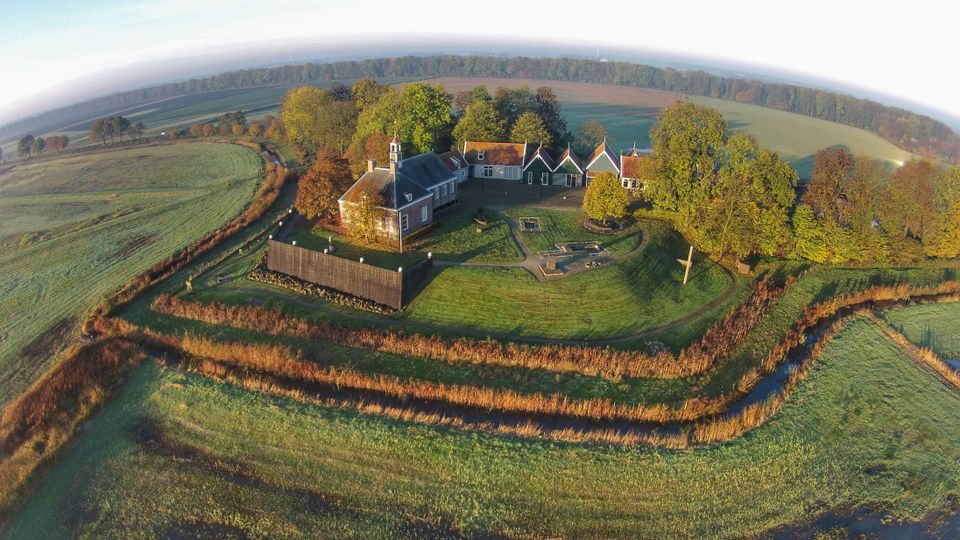
Tollebeek was the last village to be built in the Noordoostpolder. The design was supplied from the drawing board of the architect Dr. Nix from Rotterdam. So it is not surprising that Tollebeek is called a village of nix (word play meaning ‘nothing’ in Dutch).
Tollebeek also has the dubious honour of being the drainage point of the polder. The Noordoostpolder reaches its lowest point here, which regularly leads to flooding, despite the three pumping stations that are meant to keep the Noordoostpolder dry. Tollebeek therefore has its own extra lower pumping station, to keep the drain of the polder bone dry.
There is a pioneers’ barracks still present in Tollebeek from the time of the reclamation. Look for yourself at the accommodation the early pioneers lived in, complete with a nice garden. Are you in the mood for a coffee or a bit to eat? Make your way to restaurant De Goede Aanloop, where they have specialities from neighbouring Urk on the menu, among other things.
